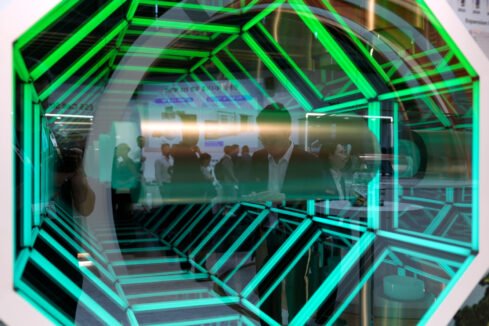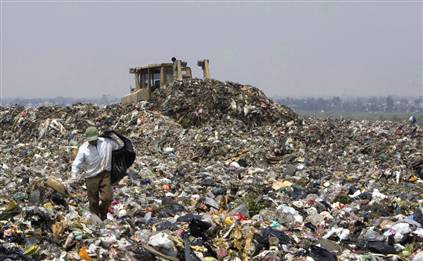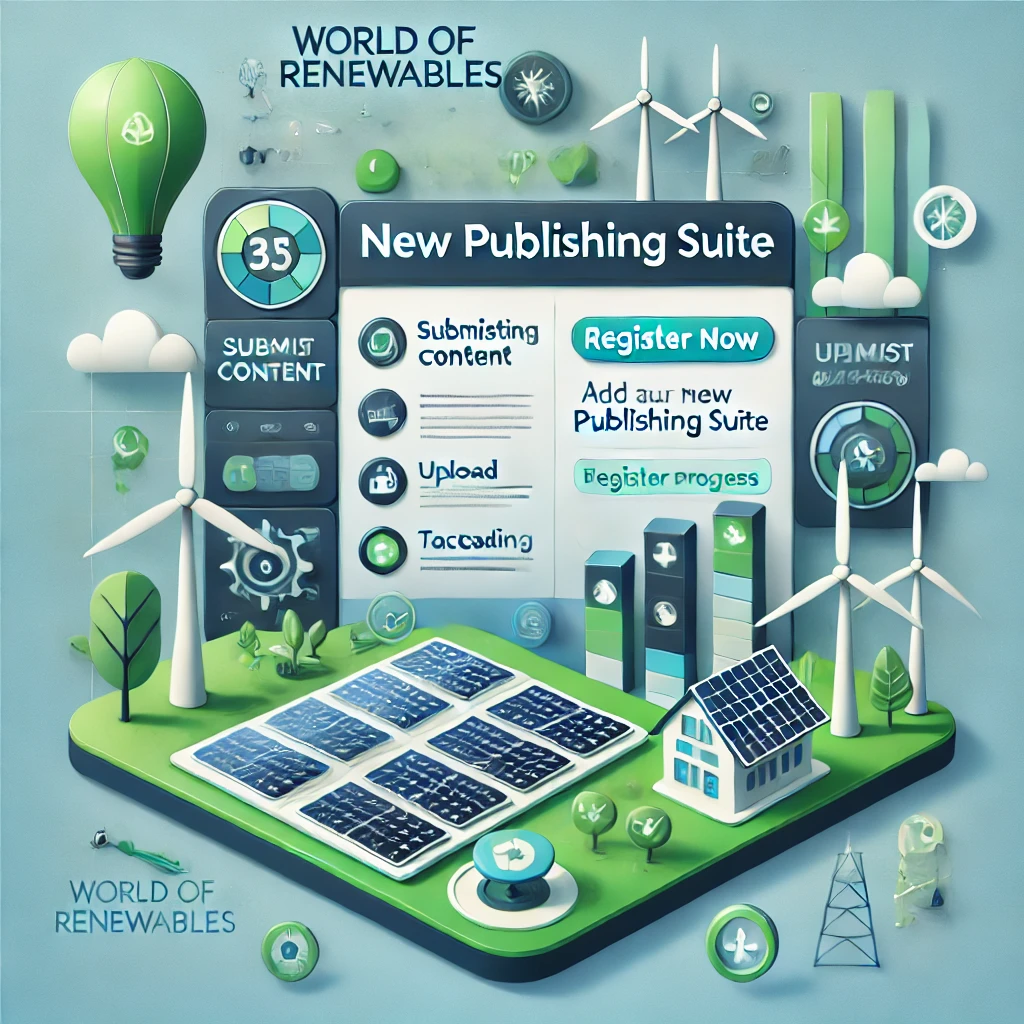Mexico City plans to fight the emission of methane, a greenhouse gas more than 20 times more powerful than carbon dioxide
Mexico City plans to fight the emission of methane, a greenhouse gas more than 20 times more powerful than carbon dioxide, by using German made equipment to capture gas produced by rotten liquid and waste, city officials told media on Monday.
The measure will prevent toxic liquid from affecting aquifers and bottle the gas produced by the liquid to be used for cooking and heating at homes, officials said.
The project will be implemented in 2010 at the Bordo Poniente Landfill, a massive dump that receives 2,500 tons of city waste daily.
The city government will import equipment that is already used in similar projects in the German city of Volksburg. Currently Mexico City is separating recyclable waste from organic waste at the site.
According to the plan, the organic waste will be placed in sealed pits topped with tubes which will be used to send the methane to a bottling center.
The project has been under discussion since January, when the city’s public works department proposed to build a joint venture by the federal government and the Mexico State government.
Mexican states Puebla, Veracruz and Sonora already have large biogas projects which use rotten animal manure to produce natural gas and electricity.
Monterrey, capital city of northern Mexico state Nuevo Leon, uses biogas to generate electricity needed to run its metro system.
Share your industry press now!
Are you a PR agency or sustainability-focused organization? Join the World of Renewables network FREE today and gain exclusive access to our platform to promote your business, share the latest industry news, and connect with a global audience of 700,000+ renewable energy professionals.
Register Now to start posting your updates and showcase your expertise to a highly engaged, environmentally-conscious community.
Find out more about our Content Partnership Programs.*2024 AWARD WINNER* Websites & Mobile Sites, Webby Winner, Peoples Voice 2024
















